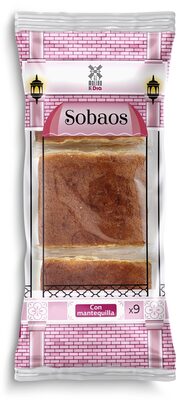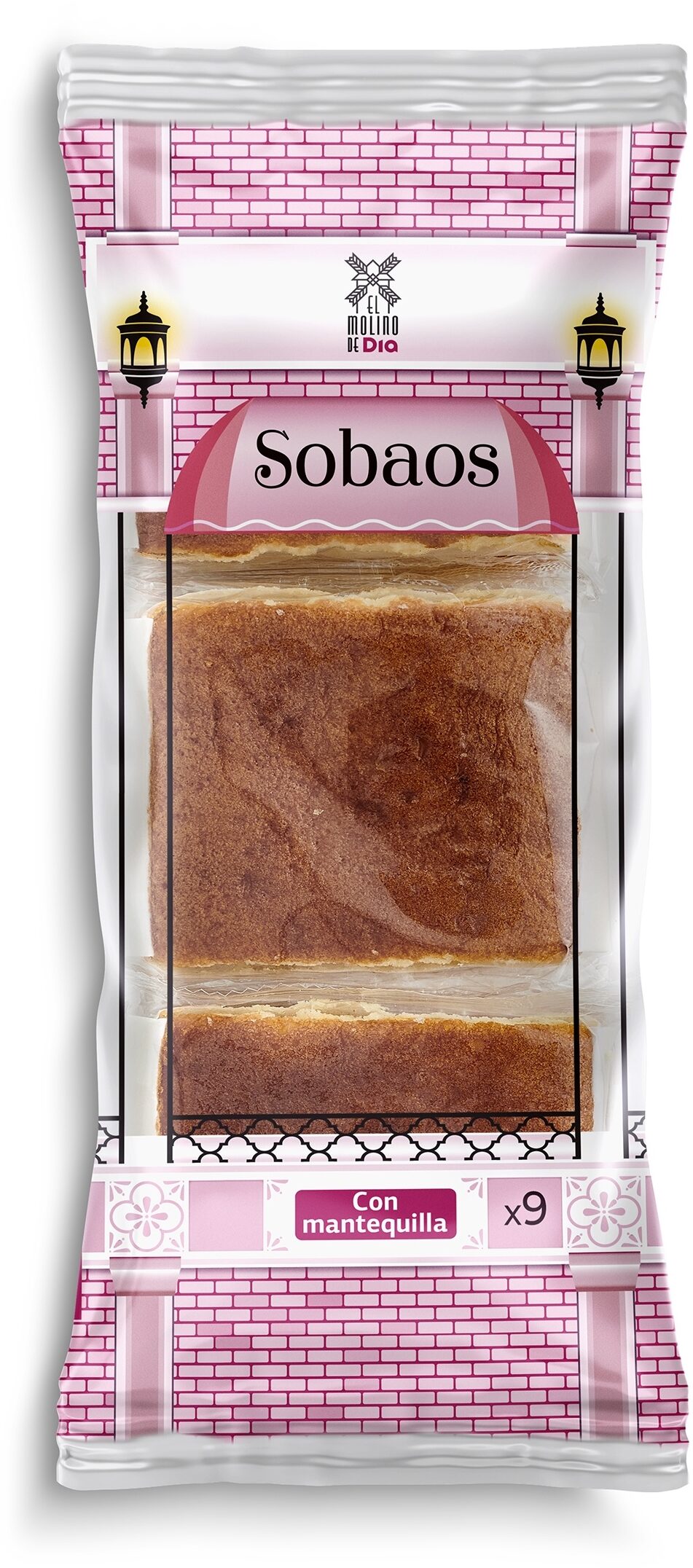Sobaos - Dia - 9 unidades
Aquesta pàgina del producte no està completa. Podeu ajudar a completar-la editant-la i afegint-hi més dades a partir de les fotos ja disponibles, o fent-ne més amb l'aplicació de androide o iPhone / iPad. Gràcies!
×
Codi de barres: 8480017547262 (EAN / EAN-13)
Quantitat: 9 unidades
Empaquetament: Plàstic
Marques: Dia
Categories: Aliments i begudes amb base vegetal, Aliments amb base vegetal, Cereals i patates, en:Bakery products, en:Spanish bakery products, es:Sobao Pasiego
Països on es va vendre: Espanya
Matching with your preferences
Entorn
Empaquetament
Transport
Espècies amenaçades
Report a problem
Fonts de dades
Producte afegit per elcoco
Última modificació de la pàgina del producte per thaialagata.
La pàgina del producte, també editada per acuario, autorotate-bot, elcoco.6aae6e5a43856743f2a78b9568f665e6, joseangel-madrid, kiliweb, packbot, teolemon, yuka.WHJ3L1NxVVR2L3dPblBJc3hqSHYrZDlUeW8yb1RHbXZNOGc4SVE9PQ, yuka.sY2b0xO6T85zoF3NwEKvllBsVNT3gg7pOEzVqFCN3OWqIY24bd9JyJekEqs.










